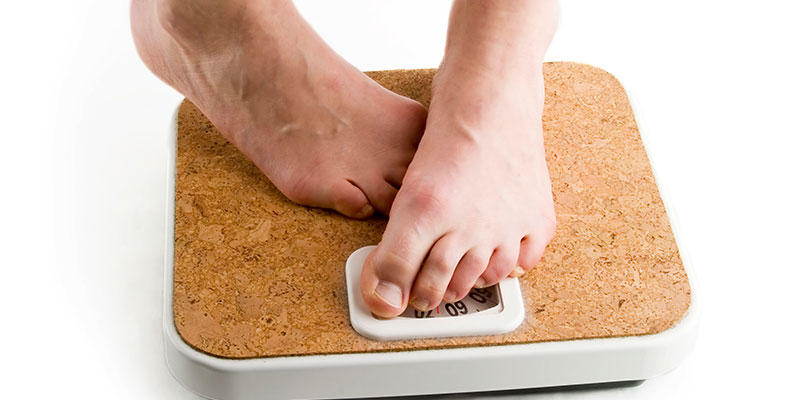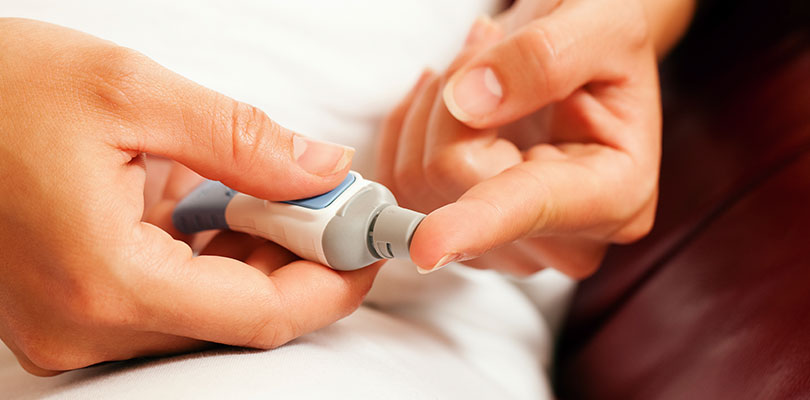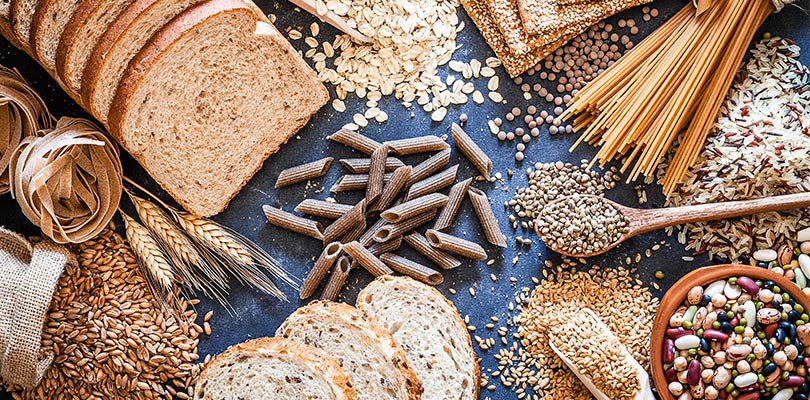
Photo Credit: kzenon / istockphoto.com
These Healthy Habits Will Reduce Your Risk of Complications
Diabetes causes excessive levels of sugar in the blood stream. The increased blood sugar causes detrimental effects within the body, including increased pressure in the eyes, damage to nerves and blood vessels, damage to the kidneys, and high blood pressure.
Diabetes management is about keeping sugar levels as close to normal as possible to reduce the risk of complications. These complications, such as blindness, heart attack, stroke, kidney failure, amputation, impotence, and bladder infection, usually reduce quality of life and increase mortality.
Many people require insulin or drugs to help them produce insulin or reduce blood sugar levels. However, diet and exercise are also extremely important for blood sugar control and may be enough alone to regulate blood sugar levels in type II diabetics. Other lifestyle factors also help control blood sugar levels and reduce the risk of complications.
Here are some healthy habits you should consider:
1. Regular Aerobic Exercise
Aerobic exercise works the muscles and improves metabolism and circulation. Muscles use a lot of sugar for energy; working the muscles removes sugar from the blood and improves the body’s response to insulin, which allows better control of blood sugar levels.
Aerobic exercise also helps with weight control. Aim for 30 – 60 minutes of exercise per day. You might try walking, water aerobics, jogging or cycling. Choose something you enjoy so you will be more inclined to continue doing it.
Buy a fitness tracker so you can keep track of your activity levels and stay motivated. Eat just prior to exercise and keep some food on hand to avoid your sugar levels dropping too low.

Photo Credit: Wavebreakmedia / istockphoto.com
2. Strength Training
Because muscles use a lot of sugar, the more muscle you have, the more sugar you use. Muscle mass reduces with age and contributes to reduced mobility as we get older. Strength training using light weights or resistance bands helps maintain and build muscle mass.
Having more muscle leads to better control of blood sugar levels, helps with weight loss, and keeps us moving as we get older. Aim to do strengthening exercises for 10 – 15 minutes, three times per week.

Photo Credit: warrengoldswain / istockphoto.com
3. A Healthy Diet
To avoid spikes in blood sugar levels, avoid foods and drinks that are high in sugar, such as junk food, fruit juice and soft drinks.
Avoid “diabetic foods.” Specifically marketed diabetic foods offer no special benefit compared to a balanced nutritious diet. Instead, they are usually higher in calories and fat.
Meals should contain non-refined carbohydrates (with a low glycemic index), high fiber, low saturated fats, and low salt. Aim to have two-fifths of your plate containing vegetables.
A nutritious diet not only helps control blood sugar levels, but also lowers blood pressure, helps achieve and maintain a healthy weight, and reduces the risk of cardiovascular disease.

Photo Credit: leaf / istockphoto.com
4. Aim to Achieve Your Ideal Weight
Excess body fat affects the body’s response to insulin and makes it harder to control blood sugar levels. Exercise and reduced calorie intake of a balanced nutritious diet help with weight loss.
Start small. Even small reductions in weight have a significant benefit: reducing blood glucose, blood pressure and cholesterol.

Photo Credit: BrianAJackson / istockphoto.com
5. Quit Smoking
Smoking affects insulin and makes blood sugar levels unpredictable and hard to control. It is also one of the biggest risk factors for diabetic complications.
Diabetes and smoking both increase your risk of heart disease, stroke and leg amputation. Smoking while diabetic is asking for trouble and undoes all the good effects of a healthy diet and exercise.

Photo Credit: Kesu01 / istockphoto.com
6. Limit Alcohol Intake
Alcohol is not only high in calories, but it can also cause blood sugar levels to fluctuate. This can make them hard to control.
In particular, alcohol can cause the sugar level to drop too low. If you do drink, limit your intake to no more than two standard drinks per day, do not drink on an empty stomach, and eat before going to bed to avoid the sugar levels dropping too low overnight.
Whether you’ve just been diagnosed or have been struggling for years, it’s not always easy to stay on top of your diabetes management.

Photo Credit: Witthaya / istockphoto.com
7. Undertake Relaxation Exercises Every Day
Stress causes increased cortisol levels, which can exacerbate diabetes. Cortisol acts against insulin, increasing blood sugar levels and making it harder for sugar to leave the blood stream.
Managing stress is important for reducing cortisol levels. Relaxation techniques can help reduce stress. Techniques might include meditation, deep breathing, hobbies that focus the mind, exercise, taking a bath, or being involved in a support group. Explore your options and discover what works for you.

Photo Credit: lovleah / istockphoto.com
8. Foot Care
Diabetes can cause poor foot circulation due to hardening and narrowing of the arteries. This means small cuts or sores can turn into nasty abscesses. If they progress unnoticed, they can turn into gangrene, which can result in amputation. This only happens when foot injuries are not treated promptly.
Diabetes also causes nerve damage, which can reduce sensation in the feet. This means if you have a sore, you may not be able to feel it. For these reasons you should examine your feet for sores daily.
Look for sores, swelling, redness or heat, which might be signs of an infection. Keep your nails short and wear protective, properly-fitting shoes. Moisturize daily, especially cracked heels, but not between the toes. Wash your feet daily and dry thoroughly, especially between the toes. In addition, it’s important to get your feet checked by a doctor twice a year.

Photo Credit: karens4 / istockphoto.com
9. Tooth Care
Diabetes can reduce the blood supply to your gums and teeth, which can increase the risk of tooth decay and gum disease. Brush your teeth twice daily, floss daily, and get your teeth checked by a dentist twice a year.

Photo Credit: kzenon / istockphoto.com
10. Regular Blood Sugar Readings
The best way to control your blood sugar level is to know what your level is and what factors affect it. Check your blood sugar level regularly to help you understand how your diet, exercise and stress are affecting your levels.

Photo Credit: kzenon / istockphoto.com
11. Regular Blood Pressure Monitoring
Diabetics have an increased risk of high blood pressure, which is responsible for many diabetes complications. Screen your blood pressure regularly. A good diet and exercise can help lower blood pressure, but if your blood pressure remains high you may require medication to control it.

Photo Credit: andy_Q / istockphoto.com
12. Regular Screening
Undertake regular health screenings, including regular eye tests, cholesterol and triglyceride blood tests, tests for kidney function, blood pressure monitoring, and dental check-ups, to look for early signs of complications.
Diabetes can cause serious complications. The best way to reduce your risk is to control your blood sugar level using medication, diet and exercise. Regular visits to your doctor, dentist, and other health care providers are important to monitor for complications.
Follow the tips above to help manage your diabetes at home. Good self-care, early detection, and prompt follow-up of problems will keep you healthy and reduce your risk of complications.
There are many symptoms of diabetic shock that patients are caregivers should be aware of. Knowing how to treat it is vital, so read on to learn more.







